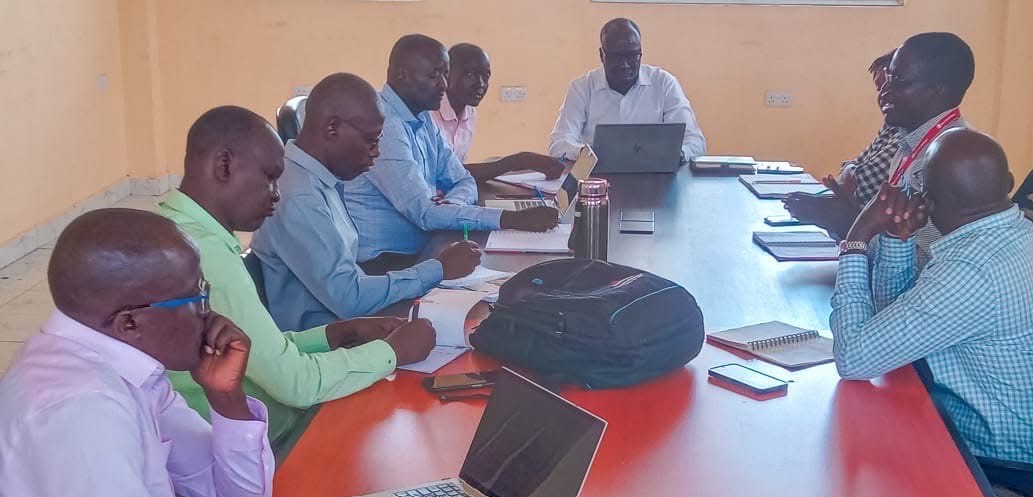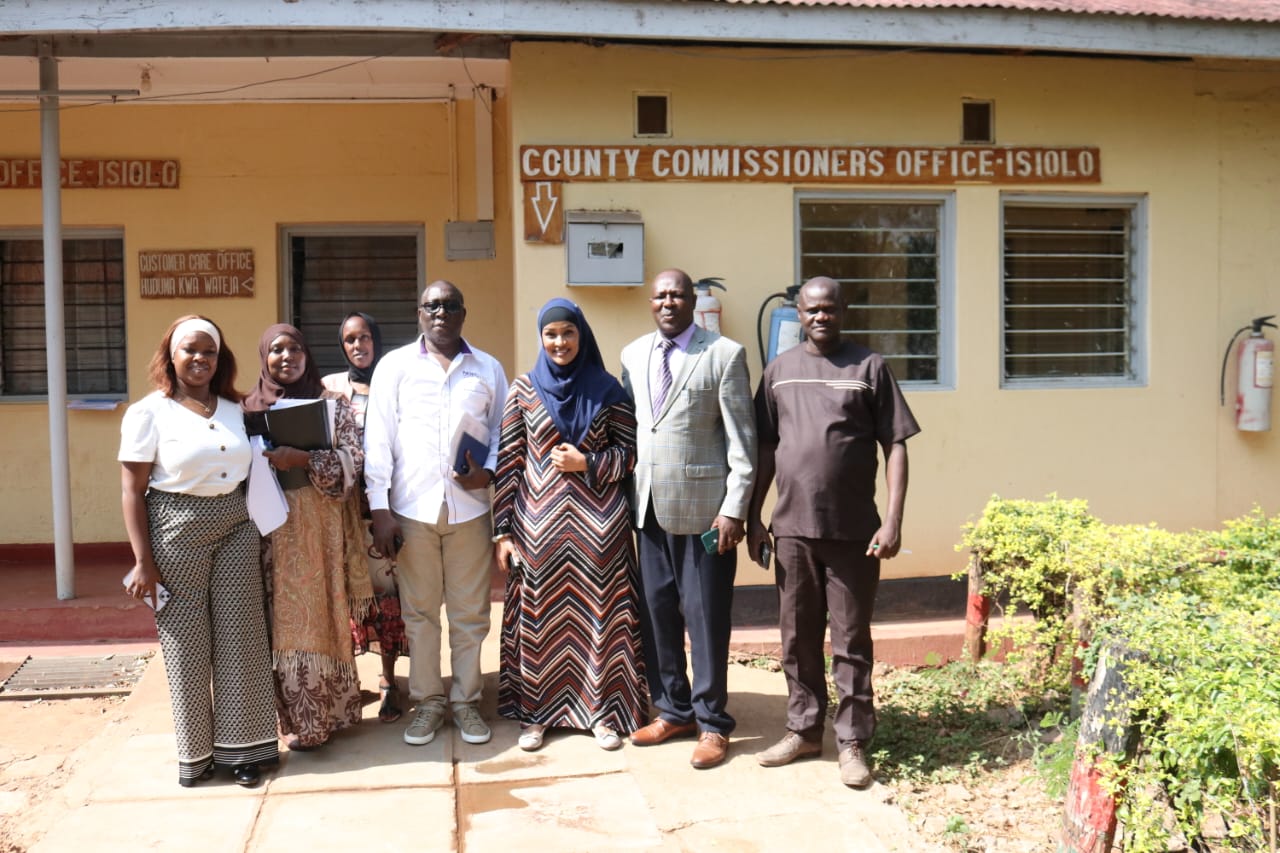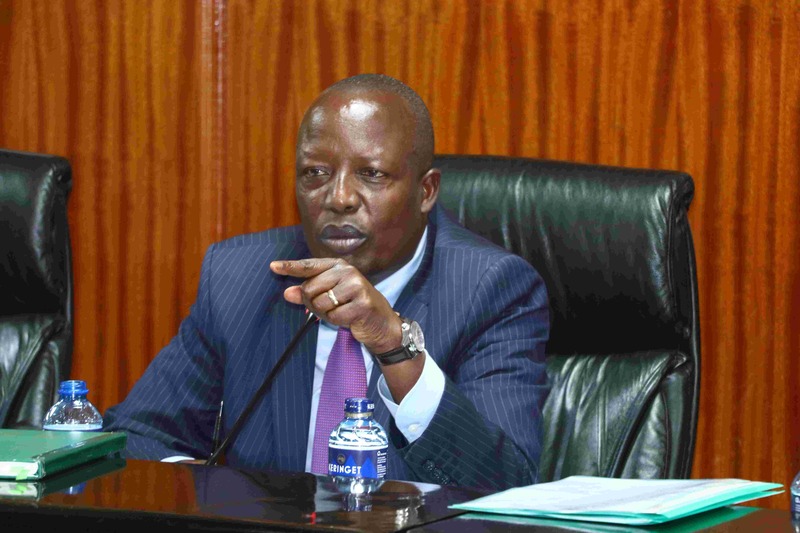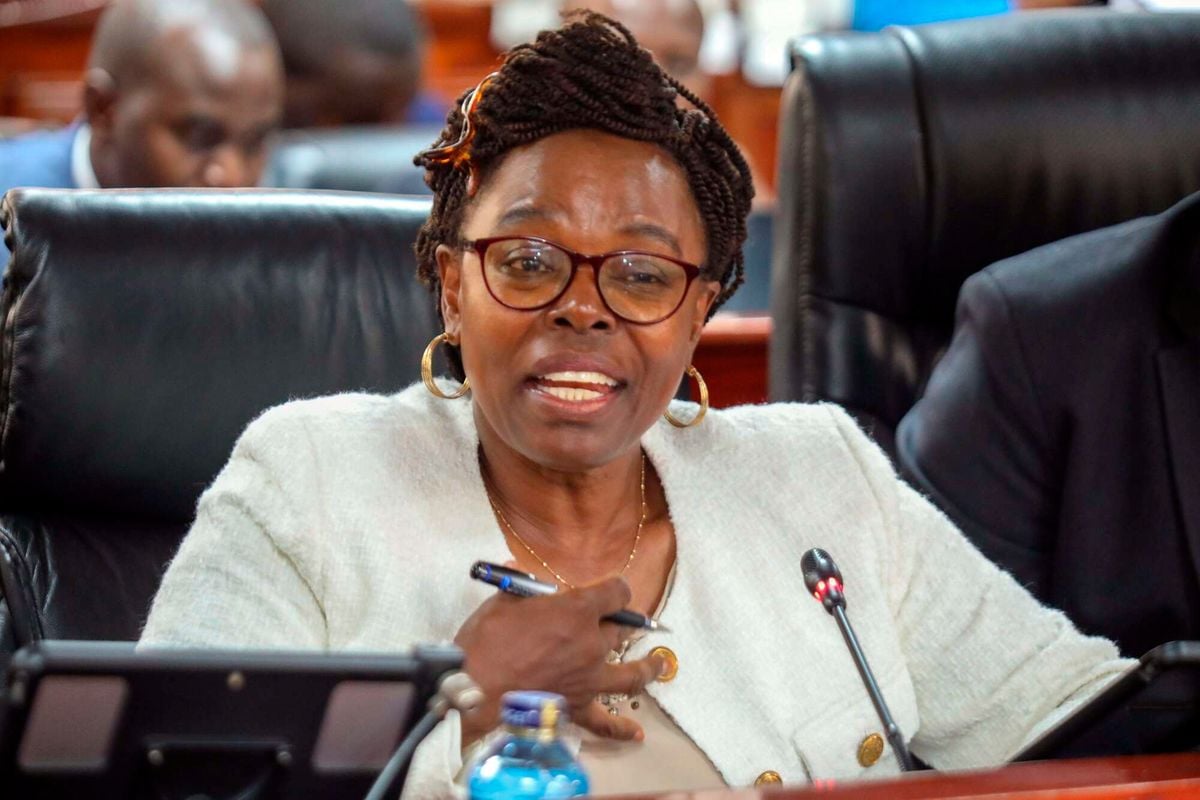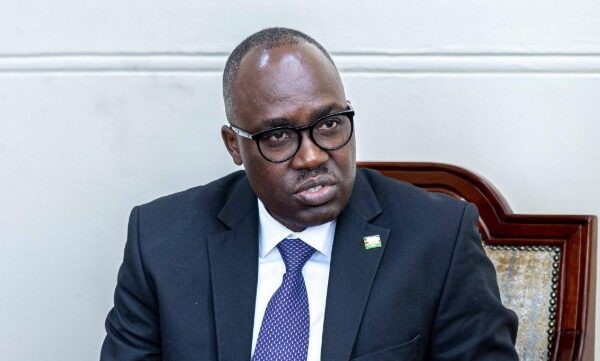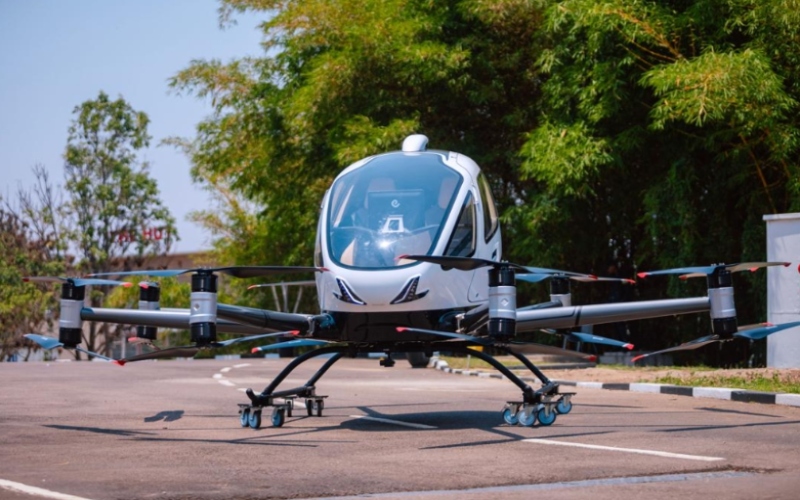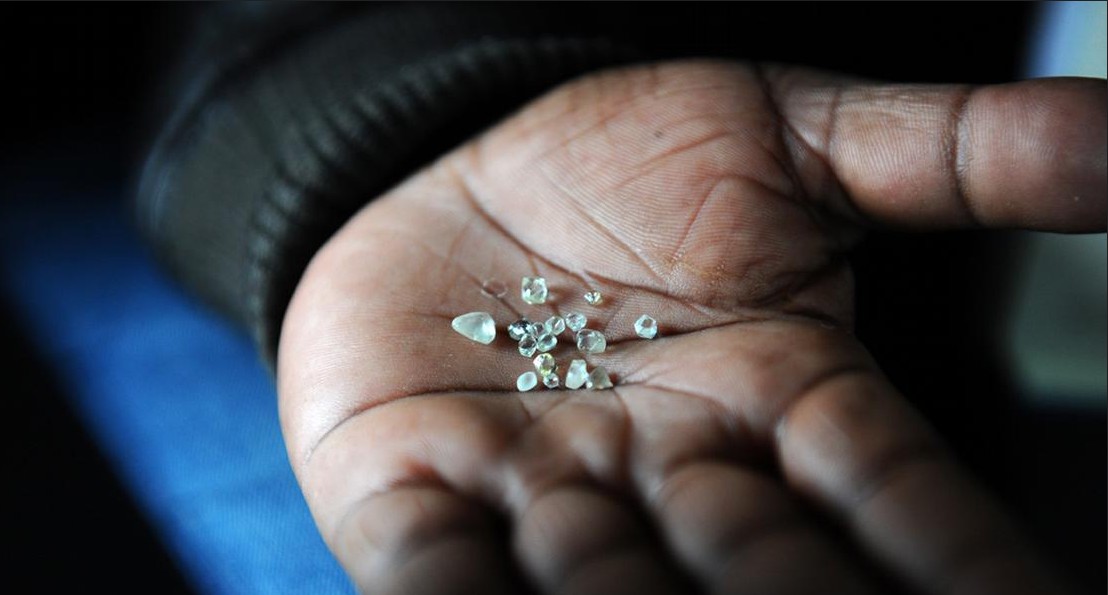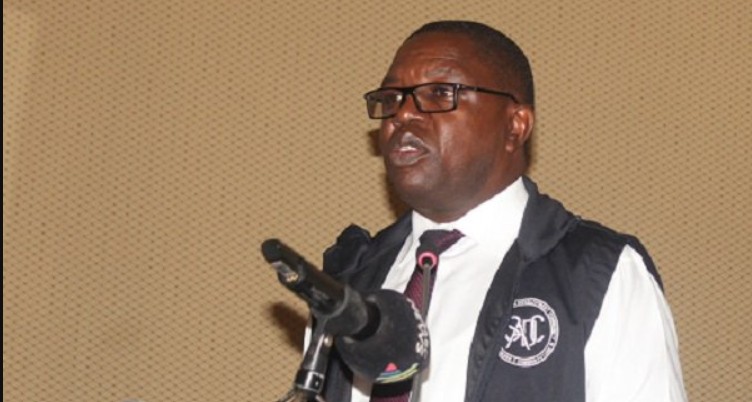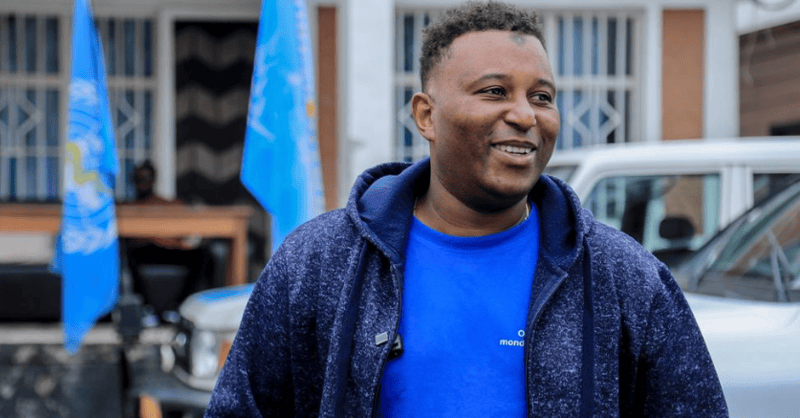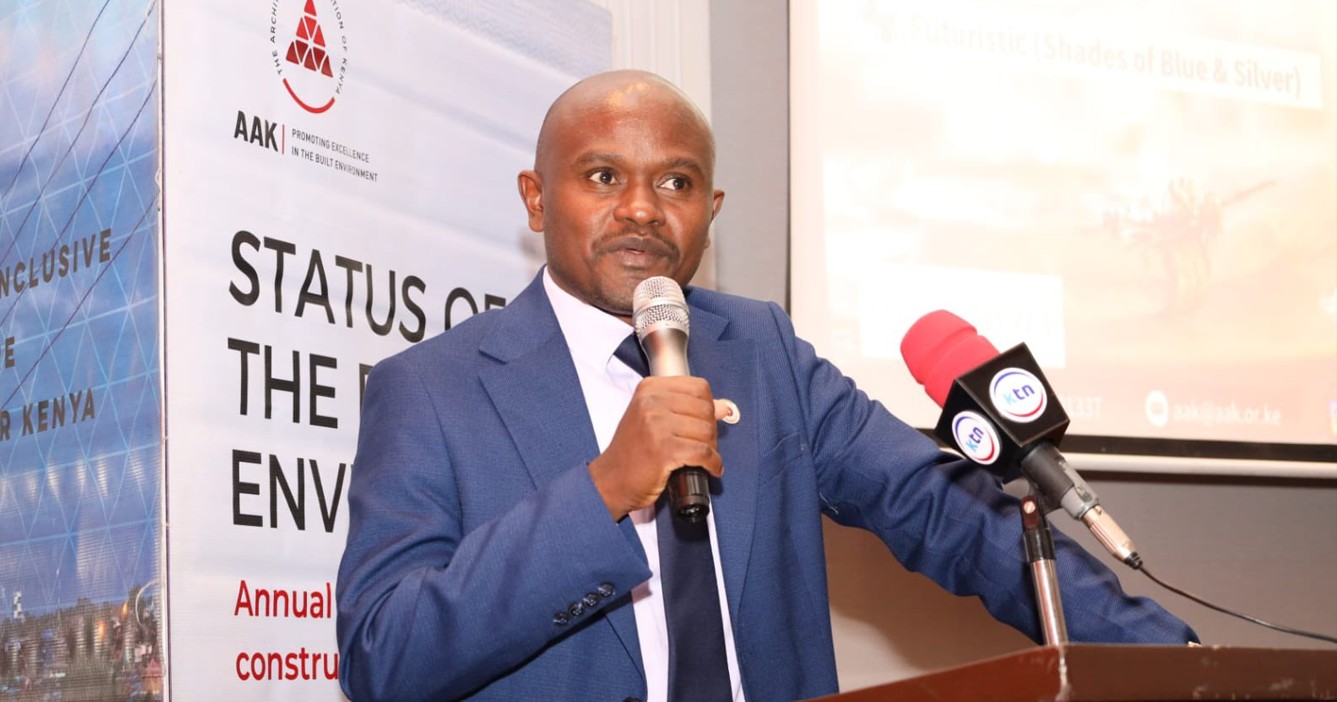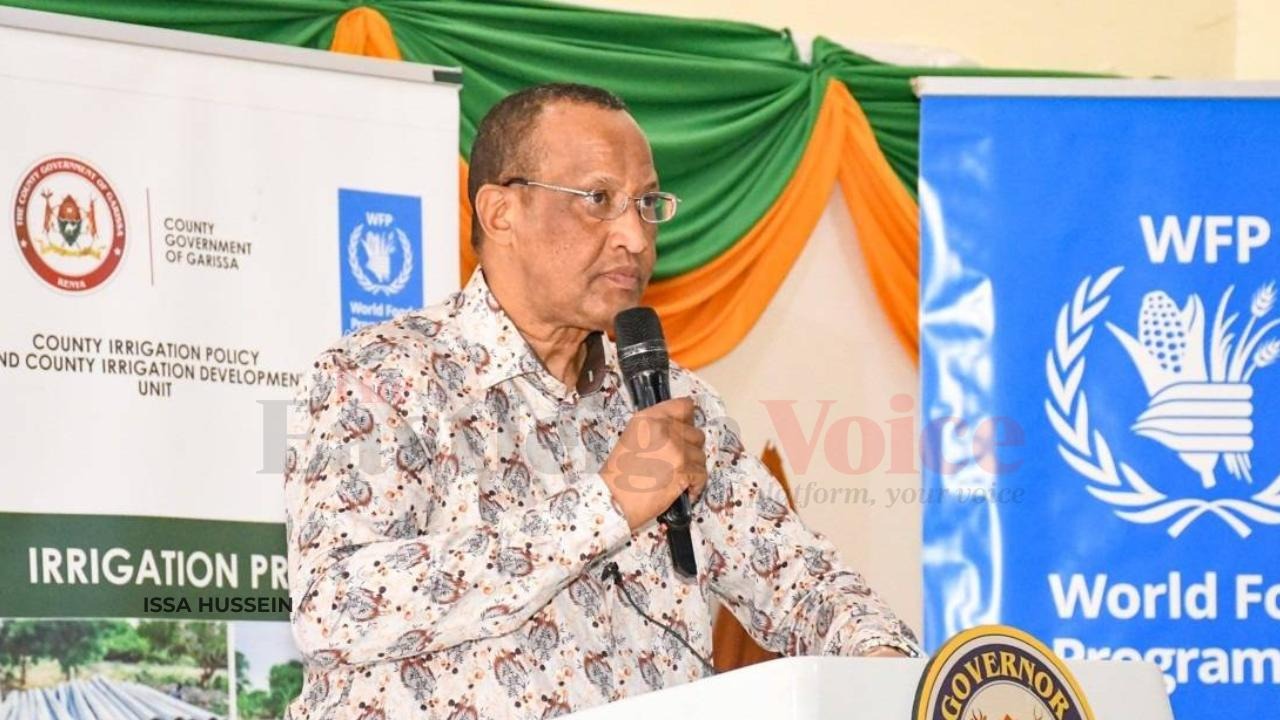Ethiopia's electricity production doubles after opening two more dam turbines
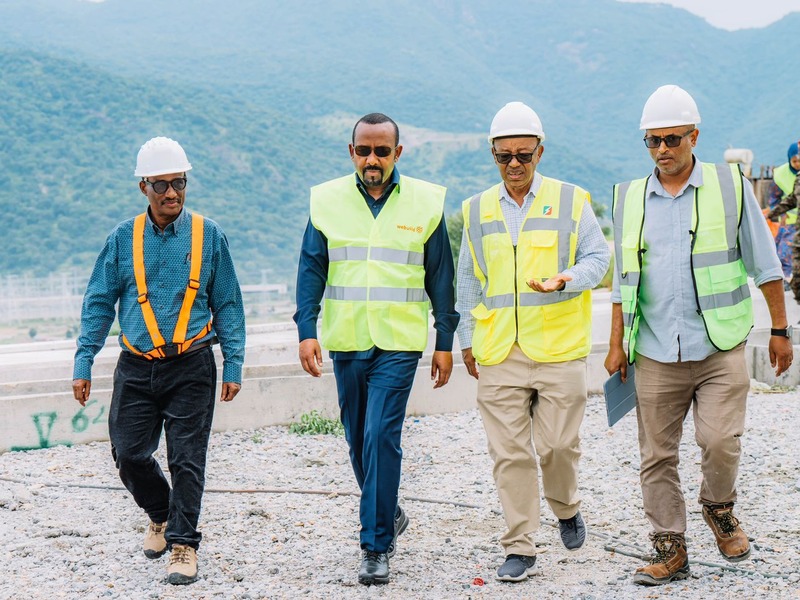
Via their X handle, the Grand Ethiopian Renaissance Dam (GERD) said construction of the concrete dam is now complete and operational.
Ethiopia has boosted its electricity production after opening two more turbines of its mega-dam in Blue Nile. The two turbines with a capacity of 400W each will be able to generate an output of 1,550 megawatts.
Via their X handle, the Grand Ethiopian Renaissance Dam (GERD) said construction of the concrete dam is now complete and operational.
More To Read
- Ethiopia bids to host 2027 UN climate summit, rivalling Nigeria
- Egypt, Sudan discuss Ethiopia's Nile dam, affirm shared water security
- Ethiopia, Dangote Group ink Sh323 billion deal to build fertiliser complex in Somali region
- Ethiopia begins registration of 7.4 million learners amid education crisis
- Nearly 50,000 people at risk, over 9,000 livestock perish as drought worsens in Tigray
- Extrajudicial killings, torture, mass detentions: US 2024 report paints grim picture on Ethiopia’s record
"The overall progress of the GERD has now transitioned from the construction phase to the operation phase."
During the opening of the turbines, Ethiopian Prime Minister Abiy Ahmed said the dam plays an important role in managing water flow. He added that the two turbines will be releasing 2,800 cubic metres of water per second, which will ensure a steady water supply to downstream nations, especially during dry seasons.
Abiy said the spillway will boost agricultural productivity, boost power generation, and improve resource utilisation.
"This carefully regulated release will significantly enhance agricultural productivity, boost power generation, and improve resource utilisation throughout the region," said Abiy.
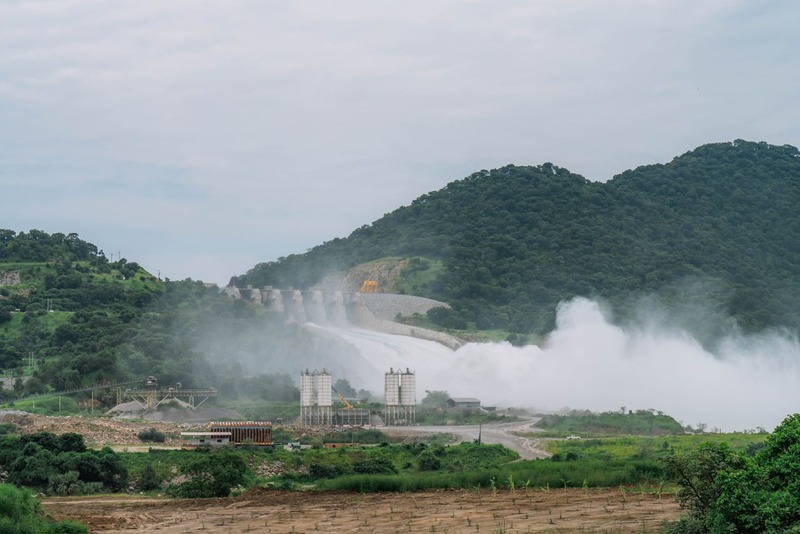 The two turbines with a capacity of 400W each will be able to generate an output of 1,550 megawatts.
The two turbines with a capacity of 400W each will be able to generate an output of 1,550 megawatts.
He further revealed plans to add three more turbines as the water level increases.
Ethiopia plans to become the largest hydro station in Africa by producing 5,000 megawatts. The country began generating electricity from the dam in February 2022. Currently, the dam holds 60 billion cubic meters of water and it is expected to hit 71 billion cubic by December.
The opening of the two turbines comes when there is a major concern from states that share the Nile. Egypt and Sudan have expressed their concerns that the project might limit their access to Nile waters. There have been no tangible breakthroughs over a three-way agreement between the countries.
In June 2024, South Sudan joined Ethiopia, Tanzania, Rwanda, and Uganda in ratifying the River Nile Framework (CFA). The framework which is set to come into effect on October 6, 2024, will see the establishment of the Nile Basin Commission which will give guidance on how to resolve disputes and also the future of the River Nile Basin.
Top Stories Today
